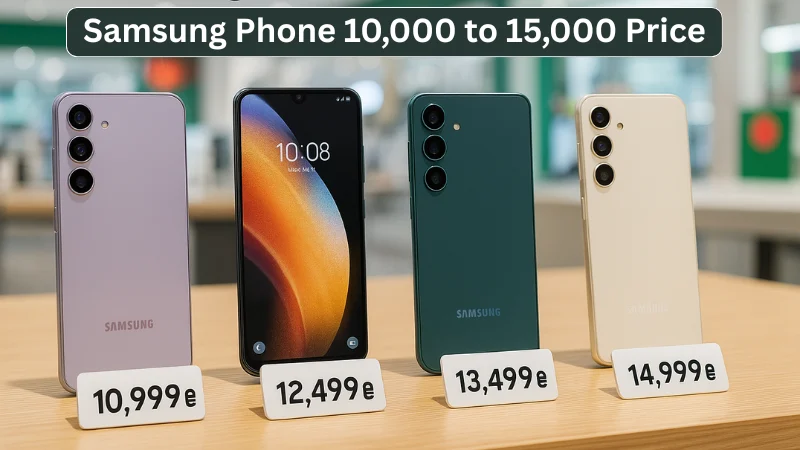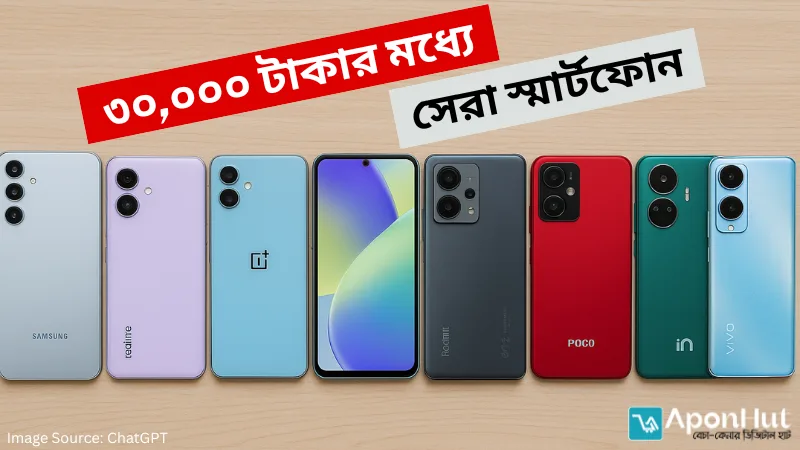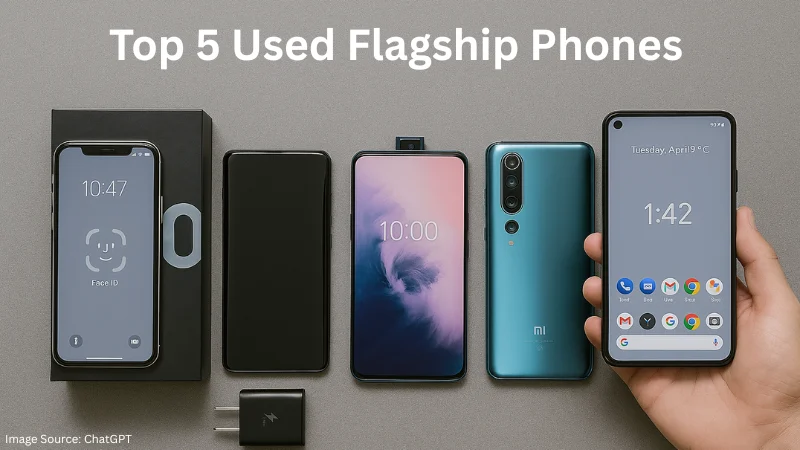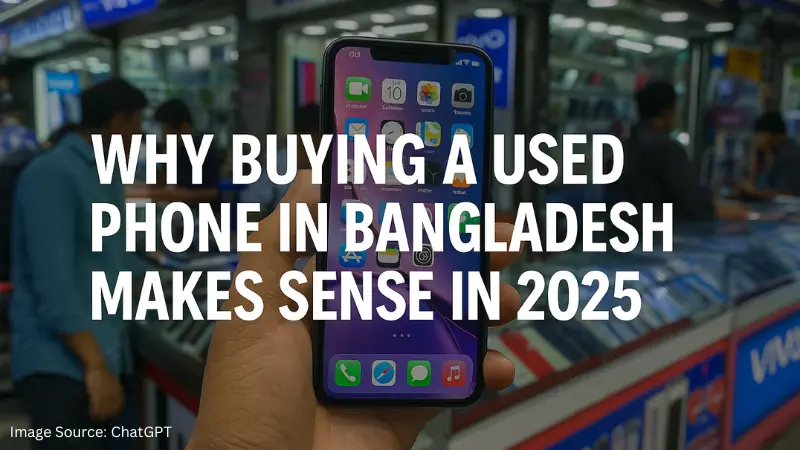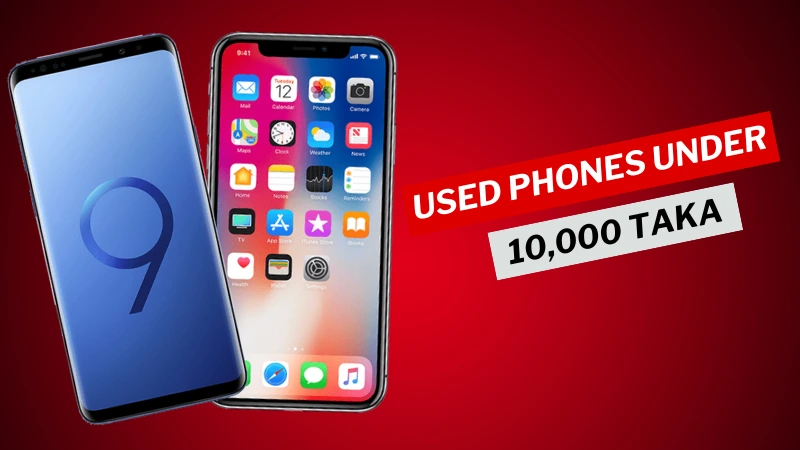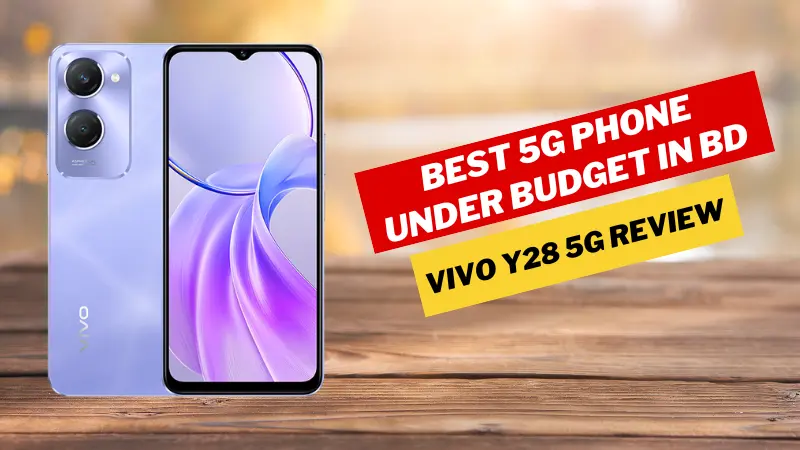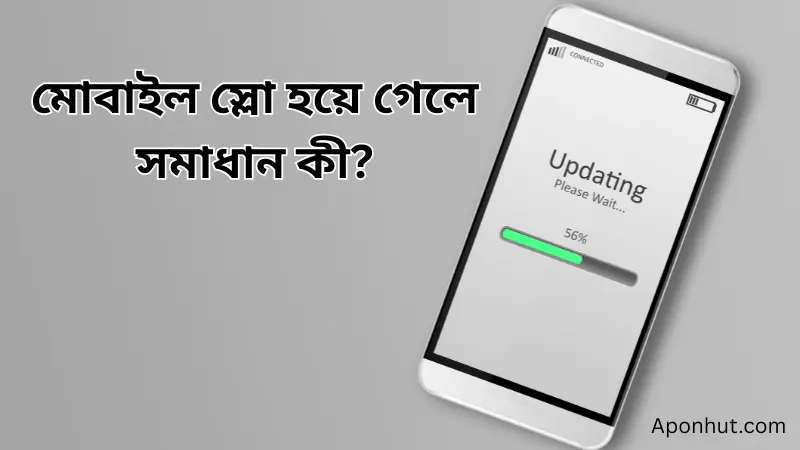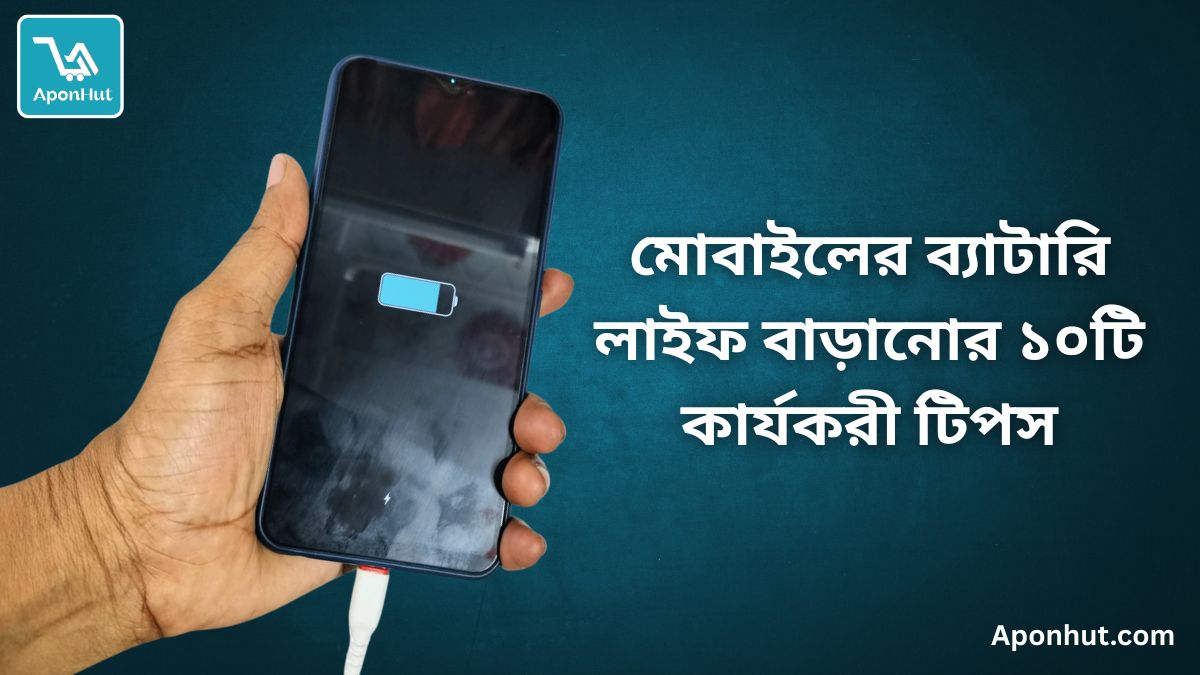Used Phone vs Refurbished Phone – Key Differences You Must Know Before Buying
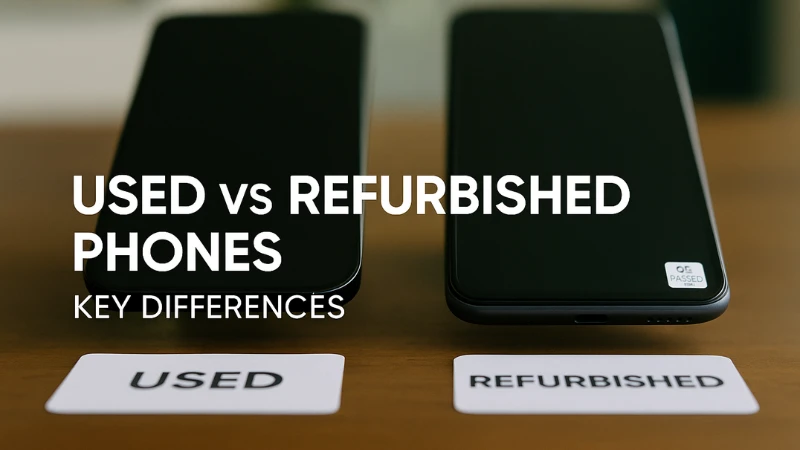
Used Phone vs Refurbished Phone – Key Differences You Must Know Before Buying
When you’re choosing between a used phone and a refurbished phone, the differences can shape your daily experience. A used phone comes exactly as the previous owner left it, while a refurbished one has been inspected, repaired if needed, and often carries a warranty. In Bangladesh’s busy markets, knowing these differences saves you time, money, and frustration. This guide shares real-world tips so you can buy confidently—without unwanted surprises after you pay.
Quick Overview: Why I Care About This Choice
When people ask me about used phone vs refurbished phone, I don’t jump into jargon. I think about the actual moment you’re standing in a shop in Dhaka or scrolling a Facebook group, trying to decide if that shiny deal is worth your money. A used phone is usually someone else’s device sold “as is.” A refurbished phone has been inspected, cleaned up, and, ideally, repaired by a seller or a brand before it hits the shelf again. In Bangladesh, where budgets matter and warranty support can save hours of travel and stress, that difference isn’t academic—it shapes how your next six months will feel. If you love chasing the lowest price and you’re confident testing phones, used can be amazing value. If you want a safer experience with fewer surprises, refurbished often feels like the calmer road. As I’ve helped friends, coworkers, and cousins buy, I’ve seen one pattern repeat: the extra money for a good refurb with a real warranty often pays for itself by avoiding a second trip to fix something that should’ve been caught the first time. That’s the heart of this guide—practical, local, and honest.
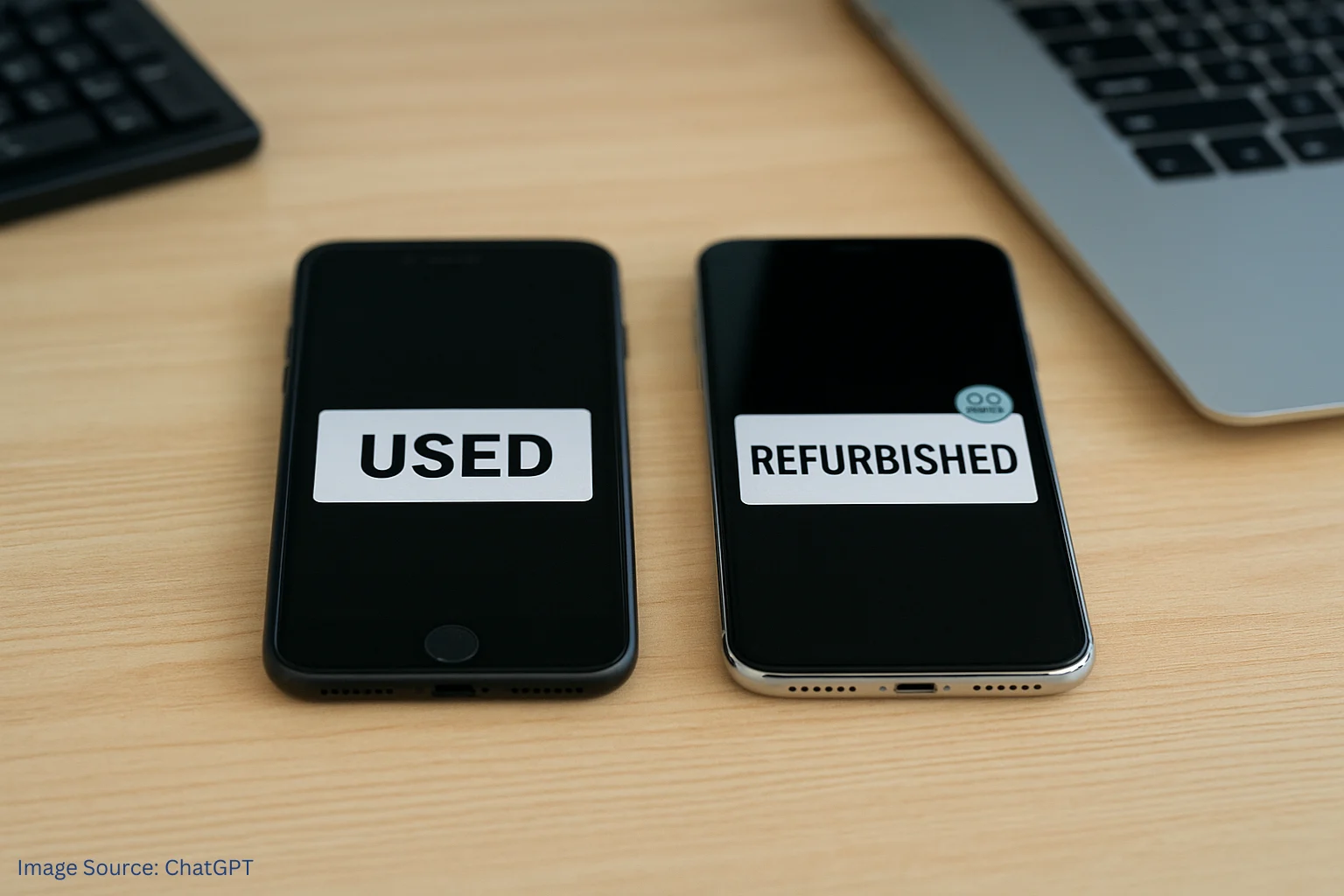
What “Used” and “Refurbished” Mean—In Plain Language
If you’re searching for the refurbished phone meaning, here’s how I explain it to friends. A refurbished phone started life like any normal device, but after a return, trade-in, or previous ownership, it went through a process. A decent refurbisher opens it up, checks the battery, the display, the ports, the cameras, and the buttons, and replaces parts that don’t meet their standard. They clean it thoroughly, wipe the data, and run it through tests. Then they grade the cosmetics—A, B, maybe C—so you know whether to expect tiny scuffs or a more lived-in look. The point is to sell you something that works as promised and to back it with a warranty. Now the used phone meaning is more straightforward. Someone is selling their phone as they used it. Maybe it’s clean and perfect; maybe the battery is tired; maybe it took a swim once and survived. You don’t automatically get testing or a guarantee. In Bangladesh, that gap matters because if a hidden issue shows up a week later, you might be paying out of pocket or chasing a seller who has moved on. That’s why I keep these definitions practical: refurbished means tested and supported; used means trust your own eyes and checks.
The Core Differences You’ll Actually Feel
People sometimes want a dramatic answer to the difference between used and refurbished phone, but it’s really three things that show up in day-to-day life: testing, parts, and warranty. With a regular used deal, there’s usually no standardized testing, so you run the tests yourself. That can work if you know what to look for and you’re not in a rush. With refurbished, someone has already run multi-point checks, ideally replaced weak parts, and graded the phone so your expectations are clear. Second, parts quality matters. A phone with a cheap copy display might look fine indoors but struggle with brightness outside in the Dhaka sun. A weak battery can mean hunting for sockets during commutes or exams. Refurbishers who care will state what they replaced and what grade they used. Third, warranty isn’t just a piece of paper; it’s your backup plan when a microphone fails or a sensor acts up. I’ve found that even a three-month warranty changes how confident you feel carrying the phone every day. Add all that up, and refurbished usually costs a bit more—but for a lot of buyers, that bump buys real-world comfort.
| Factor | Used | Refurbished |
|---|---|---|
| Testing | You test it yourself; no standard process. | Multi‑point checks before sale. |
| Repairs | Unknown; depends on previous owner. | Replaced parts when needed. |
| Warranty | Usually none or verbal promise. | Written warranty 3–12 months. |
| Price | Lowest for same model. | Higher than used, lower than new. |
| Risk | Higher; surprises possible. | Lower; issues caught early. |

Which Should You Buy in Bangladesh—My Honest Rule of Thumb
Let me give you the rule I use for friends: when the price gap between a good refurbished unit and a used one is small—say, a couple thousand taka—and the refurb comes with a real warranty, I lean refurbished. When the gap is huge and I trust the seller, I consider used, but I block off extra time to test properly and I budget for a battery swap if the phone is older. In Dhaka, Chattogram, or Sylhet, your time is valuable. A short warranty can save you multiple trips and hours in traffic. I treat refurbished as paying for a baseline of predictability; I treat used as a smart gamble you take only when you’re prepared to inspect. Also think about how long you’ll keep the phone. If you plan to hold it for two or three years, that fresh battery and tested components from a refurb can make everyday life noticeably smoother. If you only need a stopgap phone for a few months, a well‑priced used deal can be perfect. Either way, put the decision in writing: name, IMEI, date, and the exact promises on a receipt you can photograph and keep.
Real‑World Pros and Cons (Not Marketing)
Here’s how I explain the pros and cons of used phones and the pros and cons of refurbished phones without sugarcoating. Used wins on price and availability. You’ll see hundreds of options in Facebook groups and neighborhood shops, and if you know how to check devices, you can land bargains that feel almost unfair. The trade‑off is risk: there’s no standardized testing, so hidden issues like a tired battery, a weak microphone, or a replaced display might surface later. Refurbished phones shift that burden to the seller. A good refurbisher will replace obvious weak points and run tests that catch flaky buttons or failing sensors. You pay a little more upfront, but the day‑to‑day experience often feels calmer—fewer hiccups, better battery life, and some recourse if something slips through. The catch with refurbished is that quality varies. Not all replacement parts are equal, and not all warranties are easy to claim. That’s why I ask direct questions: What did you replace? What parts grade? What exactly does the warranty cover? If those answers are vague, I assume the value is too.
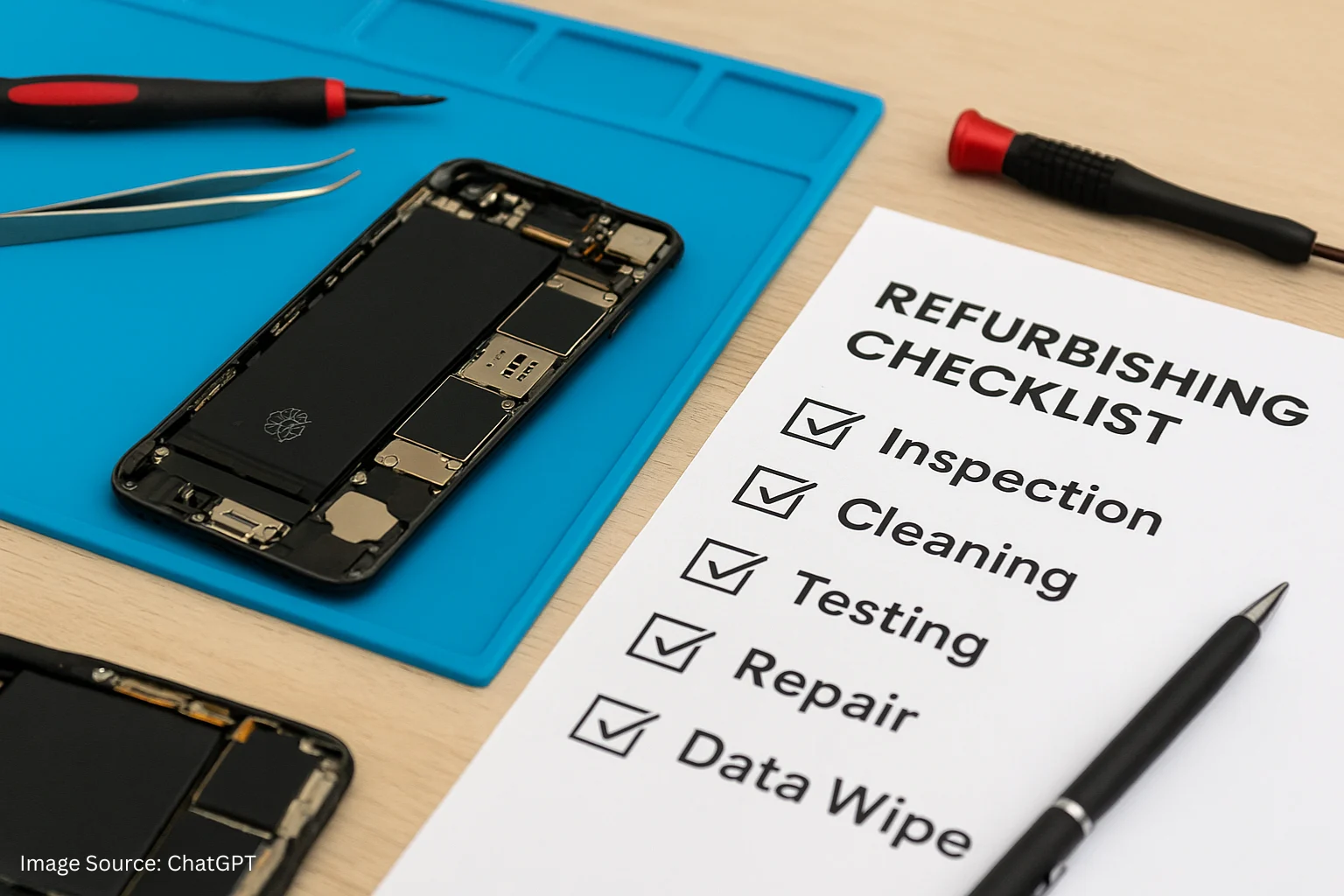
Price Patterns and Warranty Terms I Watch
Prices move constantly, so I don’t lock to exact numbers. I watch patterns. Used units for the same model usually sit at the bottom of the price range. Refurbished versions cost more, but rarely anywhere near the price of new. The real money question is how warranty and parts quality change the value. If a refurbished phone includes a strong battery and a clean display with proper brightness outdoors, that alone can make your daily life easier in Bangladesh’s heat and light. Warranty terms matter too. Some sellers promise seven to fourteen days of replacement and a few months of service coverage. I ask, in writing, what happens if the battery fails in month two, or if the mic is intermittent. If the answer is “come by and we’ll help,” I say, “Great—please add that to the invoice.” This isn’t about being difficult; it’s about saving both of us time later. For used deals, I mentally price in a possible battery change and maybe a display if there’s a hint of flicker or discoloration. That way, I’m not surprised if I end up at a repair counter a week later. Honest math beats wishful thinking.
| Type | Typical Price Position | Warranty Reality | Where You’ll Find It |
|---|---|---|---|
| Used | Lowest for same model | None or verbal promise only | Facebook groups, friends, small shops |
| Refurbished | + modest vs used, far below new | 3–12 months common; read the fine print | Certified shops, brand outlets, larger retailers |
My Step‑by‑Step Checklist for Buying Used
When I’m checking a used phone, I act like a friendly technician. First, identity. I match IMEI on the box, the phone (#06#), and Settings. If anything doesn’t line up, I pause. Next, ownership. I ask for purchase history or at least a believable story that matches the condition. On iPhone, I make sure Activation Lock isn’t in the way. On Android, I check that the previous Google account is fully removed. Then I go hands‑on. I bring a SIM to test calls, data, and hotspot. I try Wi‑Fi and Bluetooth, pair to earbuds if I can, and test GPS with a quick maps pin. Display comes next: solid white and solid black screens to look for dead pixels, burn‑in, or color tints. I swipe the edges to check touch. I shoot a short video and a few photos, front and back, indoors and near a window. I record a tiny voice note to test mics and speakers. Finally, battery and charging: I plug in, watch the charge tick up, and feel for abnormal heat. If a seller refuses basic tests or rushes me, I smile, say thanks, and move on. The best deals are calm and transparent.

How I Buy Refurbished Without Regrets
Buying refurbished is simpler when you follow a script. Step one: pick the grade and the seller. I prefer Grade A when the budget allows, and I like sellers with a real address, a working phone number, and reviews that mention successful warranty claims—not just low prices. Step two: parts. I ask, “What did you replace on this unit? Battery? Display? Charging port?” If they replaced parts, I ask the part grade or brand. Step three: test like it’s used. Even refurbished phones should pass the same checks—calls, data, cameras, mic, speakers, face or fingerprint unlock, and a look at display brightness outdoors. Step four: paper. I want an invoice with IMEI, date, seller details, and warranty terms—replacement window, what’s covered, and how to claim. Step five: after‑sale plan. I save the shop’s WhatsApp number, ask about typical turnaround time, and store a photo of the invoice in my cloud. This process sounds formal, but it turns a nervous purchase into a confident one. Refurbished isn’t magic; it’s simply used—done right and backed up.

Battery, Camera, and Performance—What You’ll Notice Day One
Here’s the reality I see over and over. Battery health is the first thing that changes how a phone feels. With many used vs refurbished smartphones, the biggest difference isn’t the paint—it’s how long the phone lasts between charges and how confidently it holds up during a long commute or a night of photos. Refurbished units often ship with stronger batteries or a battery that’s at least been evaluated. Used phones can be great too, but I plan for a potential battery swap if the model is older than two years. For cameras, I test both daylight and indoor shots. A cheap replacement lens or a misaligned module can make photos look soft or noisy, even when the specs sound great. On performance, I reset the phone and let it finish updates, then see how it handles social apps, maps, and a light game. Mid‑range chips from a couple of years ago still shine for everyday use in Bangladesh. If the device lags out of the box, I assume something’s wrong and I don’t rationalize it away. Life’s too short for a phone that argues with you.
- Battery quality drives happiness.
- Test cameras indoors and outdoors.
- After a reset and updates, routine apps should feel smooth.
Common Risks—and How I Steer Clear
I keep a short list in my head. First, counterfeit or low‑grade parts. If a price looks magical, I ask which parts were changed and what grade they used. A dim display or weak battery steals joy slowly. Second, account locks or messy ownership. I never skip the IMEI check, and I insist on a clean reset. If a seller gets defensive about either, I end the chat politely. Third, water damage. I look at the SIM tray and ports for corrosion, and I test speakers because water damage often leaves sound a bit off. Fourth, vague warranties. A promise without details is a favor, not a policy. I ask how to claim, what’s covered, and how long it takes. Finally, pressure tactics. “Five minutes only,” or “Another buyer is coming”—I don’t let the clock buy the phone. Calm sellers win my business. And when a deal goes sideways, I choose the lesson over the loss and move on. Phones are tools, not drama.
When I Pick Used—and When I Pick Refurbished
When I want the absolute lowest price and I’m okay doing the homework, I pick a clean used phone, ideally last year’s mid‑range model that still gets updates and has plenty of repair parts around Dhaka. I test thoroughly and mentally set aside a small budget for a fresh battery if needed. When I want fewer headaches, I pick a refurbished phone from a seller who puts policies in writing and actually answers questions. If the refurb costs just a bit more and includes a short replacement window plus a longer service warranty, that’s the smooth path. In both cases, I try to think beyond week one. Will this phone feel fine six months from now? Will the camera still make me happy at a wedding? Will I be scrambling for a charger on a bus? If the answers feel shaky, I wait for a better match. There’s always another listing tomorrow. Your best buy is the one that you can carry every day without second‑guessing.
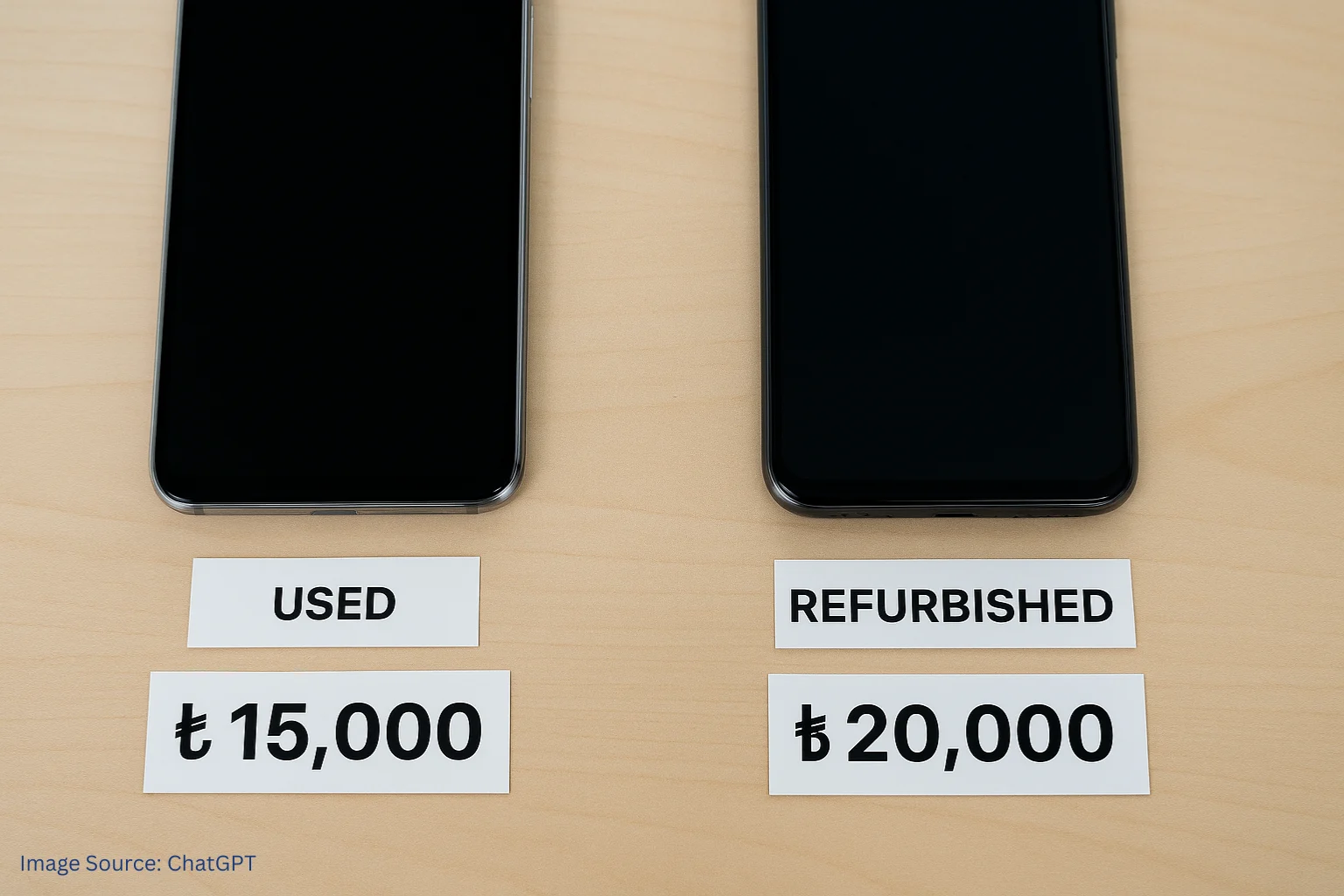
FAQs—Quick Answers from Experience
1) What is the real difference between a used and a refurbished phone?
The real difference is the process behind the sale. A used phone is sold as the previous owner left it. You’re responsible for testing everything before money changes hands. A refurbished phone has been checked, cleaned, and typically repaired where needed by a seller or lab that stands behind it. That doesn’t mean every refurb is perfect, but it does mean someone did the boring, important work for you—batteries assessed, displays inspected, buttons tested—so you don’t discover surprises on your commute. If you love squeezing every taka and you’re confident testing, used can be great. If you want less drama and a backup plan, refurbished is usually worth the modest premium.
2) Should I buy a refurbished phone in Bangladesh?
Yes—when the seller is credible and the policy is clear. I look for a written warranty, a short replacement window, and specifics on which parts were replaced and at what grade. If the refurb only costs a bit more than a used listing, I usually go refurb because I’ve seen how quickly a “cheap” used phone becomes expensive if you need a battery or display right away. I also pay attention to how the seller answers questions. If they’re patient and specific, that’s a good sign. If they dodge or rush, I keep walking.
3) How do I quickly test a used phone without missing something big?
I keep it simple and thorough. Match IMEIs, confirm ownership, and insist on a reset if possible. Bring a SIM to test calls, data, and hotspot. Try Wi‑Fi and Bluetooth. Open a white and black screen to check for display issues; swipe the edges to test touch; shoot a quick video to test cameras and mics; play it back to test speakers. Check charging speed and heat. Try fingerprint or face unlock. If anything feels off, I assume it will feel worse after I pay. I don’t argue with red flags—I thank the seller and move on.
4) Is the battery on a refurbished phone always new?
No, and that’s why I ask. Some refurbishers replace every weak battery; others only replace when the health dips below a threshold. I ask whether the battery is new or original, whether it’s covered by warranty, and what brand or grade they use. A quality battery makes everyday life noticeably easier, especially if you spend a lot of time on data in traffic. If a seller won’t answer directly, I treat that as a sign to look for a better offer.
5) What are the pros and cons of refurbished vs used?
Refurbished pros: testing before sale, cleaner condition, and a written safety net. Cons: costs a bit more and quality varies by seller and parts grade. Used pros: lowest price and lots of choice; cons: you carry the testing burden and you might discover issues later. My rule is simple: if the refurb premium is small and the warranty is real, I go refurbished; if the used deal is a standout and I can test properly, I take the win—but I keep a little budget for fixes.
Final Thoughts—Buy Calm, Carry Happy
Phones are part of daily life in Bangladesh—maps, rides, payments, photos with family. That’s why I slow down this decision. The choice between used phone vs refurbished phone isn’t about fancy words; it’s about how your next months feel. If you enjoy hunting deals and testing devices, used can be a rewarding path. If you want predictability and a safety net, refurbished is often the smarter money. Either way, write the basics on paper, take a photo of the receipt, and keep it safe. Ask what was tested, what was replaced, and what’s covered. A few direct questions now can save hours later. And if a deal feels off, trust that feeling. There’s always another listing, another shop, and another chance to buy calmly. That’s how you end up with a phone you actually enjoy using—one that stays out of your way and lets your life take the front seat.
